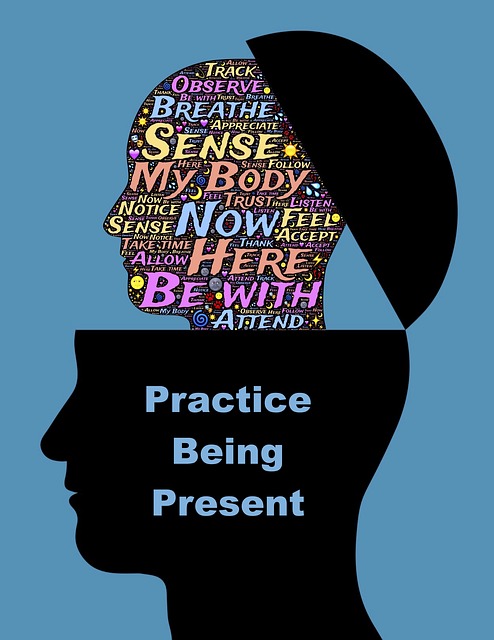One of the core skills of leadership is the ability to be fully present when interacting with others – whether with managers, non-managerial employees or other stakeholders. Being present underpins the capacity to influence. It is the precondition for effective listening, providing feedback and generating the engagement of employees.
Effective listening
To actively listen, you have to be really present to the person you are attempting to engage with. It means being able to focus on the person speaking and tuning in to their words, nonverbal behaviour and the emotions underlying their communication. It also requires the ability to reflect back to the other person not only what they are saying but also the emotions behind the words and the intensity of those emotions. This enables the speaker to feel truly heard. Being present in such interactions means effectively that you are open to the influence of the speaker – not shut off from their desire to engender some change in what is happening.
To tune into another person requires you to tune out of your own thoughts and to control your own preconceptions and assumptions. Reflection following an interaction can help you to identify what got in the road of effective listening.
Providing feedback
Being present is an essential requirement for providing effective feedback – whether positive feedback or corrective feedback. To be able to give positive feedback that is specific, genuine and timely, you need to be able to observe behaviour that should be acknowledged and rewarded with praise. You need to be present to notice the desired behaviour in the first place.
Providing corrective feedback for inappropriate behaviour or inadequate performance also requires you to be fully present and to manage your own feelings in the situation. Once you have spelt out the core behavioural or performance issue, you need to be able to actively listen to understand what is going on for the other person – what is impacting their behaviour/performance. You may even find, in the process, that you have contributed to the problem through lack of clarity of instructions/expectations or inadequate training. Openness to these possibilities requires being present and attentive to the person you are providing corrective feedback to.
Engagement of employees
Employees, whether managers or non-managerial employees, respect a leader who can actively listen and provided accurate feedback, whether positive or corrective. They understand and appreciate that by your being present and attentive, you are demonstrating respect for them, their skills and their contributions – the foundation for true employee engagement.
As we grow in mindfulness through meditation and reflection, we are better able to be fully present to provide effective listening and feedback to engender commitment and contribution of our followers, whether managers or non-managerial employees. Being present is the outcome of continuous meditation practice and reflection undertaken on a regular basis.
By Ron Passfield – Copyright (Creative Commons license, Attribution–Non Commercial–No Derivatives)
Image source: courtesy of johnhain on Pixabay
Disclosure: If you purchase a product through this site, I may earn a commission which will help to pay for the site, the associated Meetup group and the resources to support the blog.

2 thoughts on “Mindful Leadership: Being Present”